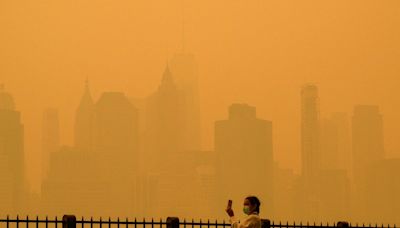Search results
Learn why the December solstice marks the shortest day of the year north of the equator and the longest day in the south. Find out the date, time, and facts about this astronomical event and how it affects the seasons and the calendar.
For that hemisphere, the winter solstice is the day with the shortest period of daylight and longest night of the year, and when the Sun is at its lowest daily maximum elevation in the sky. [1] Each polar region experiences continuous darkness or twilight around its winter solstice.
Dec 20, 2022 · The winter solstice heralds the astronomical start of winter and marks the day with the fewest hours of daylight for the year. But what's the science behind the shortest day and longest night?
Jan 17, 2024 · During the day, the Northern Hemisphere will have about 7 hours and 40 minutes of daylight, marking the shortest day of the year. Earth's axis will be titled the farthest away from the sun.
Learn about the science and astronomy behind the winter solstice, the shortest day of the year in the Northern Hemisphere. Find out when it occurs, how long it lasts, and how it is celebrated around the world.
Sep 21, 2017 · The winter solstice is the shortest day and longest night of the year. In 2023, in the Northern Hemisphere, it takes place on December 21.





